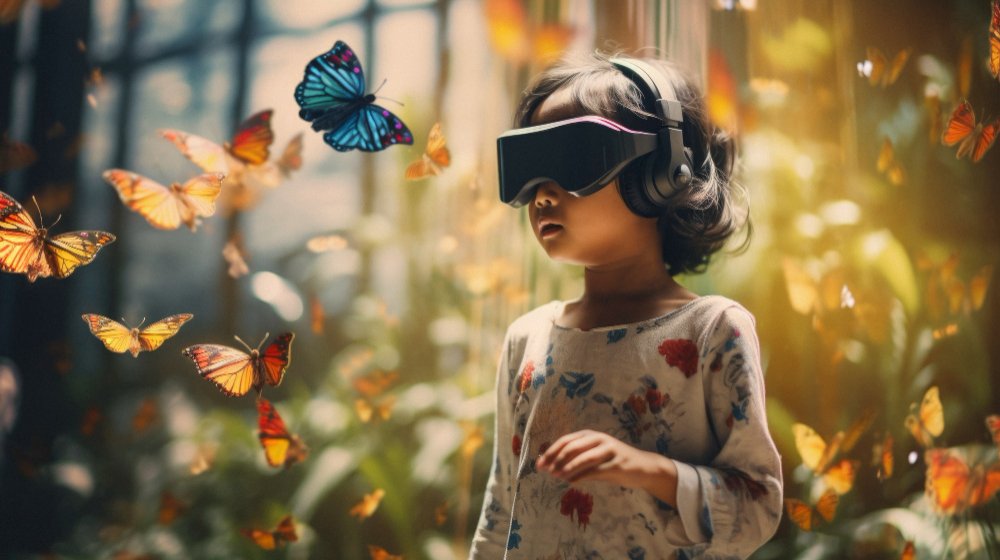For generations, animal conservation has relied on dedicated researchers, rangers, and activists working tirelessly to protect endangered species and their habitats. While these efforts remain essential, the fight for wildlife preservation requires a broader front. This is where gamified apps and virtual reality (VR) technology come in, offering innovative ways to engage the next generation of animal protectors.
Conservation organizations are effectively transforming education and outreach by harnessing the power of games and immersive experiences. These tools inform young audiences about the threats faced by wildlife and empower them to feel like active participants in the solution.
The Rise of Gamified Conservation Apps
Gamified apps take the core principles of game design – challenge, reward, and progression – and apply them to conservation themes. These apps can target a wide range of age groups and interests, all with the same goal: fostering a connection with the natural world and inspiring action.
One popular approach is the simulation game. Imagine a mobile app where users take on the role of a wildlife biologist tasked with managing a virtual animal reserve. Players must decide about resource allocation, habitat restoration, and anti-poaching strategies. As they progress through the game, they encounter real-world challenges faced by conservationists, such as balancing the needs of wildlife with local communities. These games not only educate users about the complexities of conservation but also develop critical thinking and problem-solving skills.
By completing in-app challenges or tasks related to conservation – learning about specific species, participating in trivia quizzes, or donating resources – users can expand their virtual collections and contribute to the game’s overall conservation goals.
Gamified apps can also leverage augmented reality (AR) technology to superimpose virtual elements onto the real world. Imagine an app that allows users to explore their local parks or neighbourhoods, virtually encountering endangered species that once inhabited those areas. These AR experiences can bring history to life, highlighting the impact of human activity on wildlife populations. Furthermore, AR apps can gamify real-world conservation efforts. Imagine a scenario where users can participate in virtual clean-up events, collecting digital trash that translates to real-world clean-up efforts coordinated by the app developer.
The Importance of Animal Conservation Education Technology
Animal conservation education technology plays a critical role in shaping the future of wildlife preservation. These tools address the challenge of engaging young audiences by offering interactive and accessible experiences that foster a deep connection with the natural world. Gamified apps and VR can educate users about wildlife threats and empower them to feel like active participants in the solution. Through early engagement, emotional connection, and action-oriented learning, this technology cultivates a generation of environmentally conscious young people who will be the stewards of our planet’s biodiversity.
The Immersive Power of Virtual Reality
VR technology takes user engagement to a whole new level. VR headsets transport users directly into the heart of endangered ecosystems, allowing them to come face-to-face with extraordinary creatures in their natural habitats. Imagine swimming alongside a pod of dolphins in the Great Barrier Reef or soaring through the Amazon rainforest alongside a flock of toucans. These immersive experiences foster a profound connection with wildlife and the natural world, making the threats they face feel more real and pressing.
VR can also be a powerful tool for education. Imagine a VR experience that takes users on a virtual expedition alongside a field researcher, where they learn about the challenges of tracking endangered animals or monitoring habitat loss. These immersive simulations can expose users to the realities of conservation work in a way that traditional classroom learning simply cannot.
Furthermore, VR experiences can be a valuable tool for empathy development. Imagine a VR simulation that allows users to experience the world from the perspective of an endangered animal, navigating the dangers of habitat loss, poaching, and climate change. By fostering empathy for these creatures, VR can inspire a new generation of passionate animal advocates.
The Future of Gamified Conservation and VR
The future of gamified conservation and VR is bright. As technology evolves, we can expect even more sophisticated and immersive experiences. Imagine VR simulations that allow users to participate in virtual anti-poaching patrols or collaborate with other players to solve real-world conservation challenges. Gamified apps will likely become even more data-driven, allowing users to contribute valuable scientific data through gameplay.
However, it is essential to acknowledge the potential limitations of these technologies. Gamified apps and VR experiences should not replace traditional conservation efforts. Instead, they should be viewed as complementary tools that can broaden conservation education and outreach reach. It is also crucial to ensure that these games and experiences are scientifically sound and promote evidence-based conservation practices.
Ultimately, the success of gamified conservation and VR hinges on their ability to inspire action. By fostering a sense of connection with wildlife and empowering users to feel like they can make a difference, these technologies have the potential to cultivate a new generation of passionate animal protectors who will ensure a brighter future for our planet’s incredible biodiversity.
